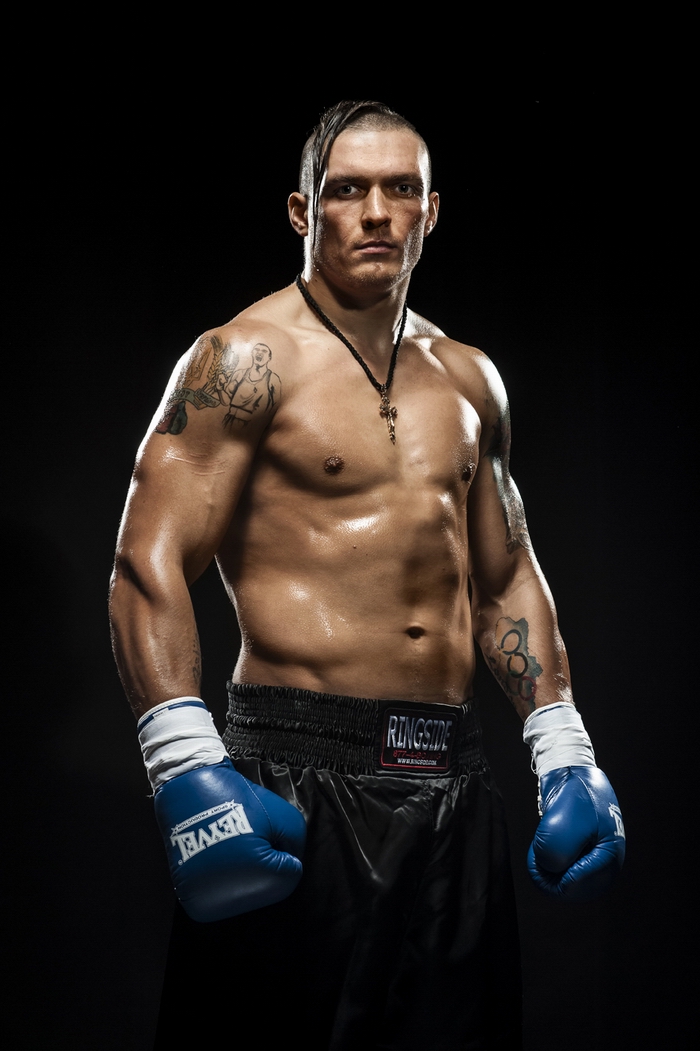Golovkin criticizes Canelo for not knocking out Chavez

Canelo Alvarez may have annihilated former world champion Julio Cesar Chavez Jr. last month in one of the most lopsided prizefights in recent memory, but middleweight champion Gennady Golovkin could not believe the bout went the distance.
According to CompuBox, Alvarez (49-1-1, 34 KO’s) landed 228 of 604 punches (38 percent), and Chavez landed just 71 of 301 attempted blows (24 percent). If those numbers were not already embarrassing enough, Chavez landed fewer shots than Manny Pacquiao connected on Floyd Mayweather in 2015 despite a shoulder injury.
In an interview with TMZ Sports, Golovkin laughed when he was asked about the Canelo-Chavez bout. “Why (did) Canelo not beat him?” Golovkin questioned. “He (Chavez) looked terrible.”
Terrible is a gross understatement. There is a monumental difference between the Chavez that showed up against Canelo and the Oscar De La Hoya that fought Manny Pacquiao in 2008. Unlike Chavez, De La Hoya came to fight. He may have killed himself to make 145 pounds and got completely obliterated, but he tried. Instead of going out with honor, Chavez robbed the fans and ironically was allegedly robbed himself in his hotel suite by multiple women after the bout.
Perhaps Golovkin (37-0, 33 KO’s) was trying to get underneath Canelo’s skin by questioning his power. On the other hand, the Mexican could have been playing those same games by letting a corpse survive 12 rounds, potentially leading his opponent to believe that September is going to be a walk in the park.
Psychological warfare is not new in boxing. Notably, in the leadup to the De La Hoya-Hopkins bout in 2004, then 39-year-old Hopkins tried the old falling tooth trick, which caused a 31-year-old De La Hoya to believe he was fighting an old man and admittedly did not take training camp as seriously. Hopkins won via ninth-round KO.
In reality, Canelo-Golovkin is a 50-50 fight, and unlike Mayweather-Pacquiao, it should be a Fight of the Year candidate.








